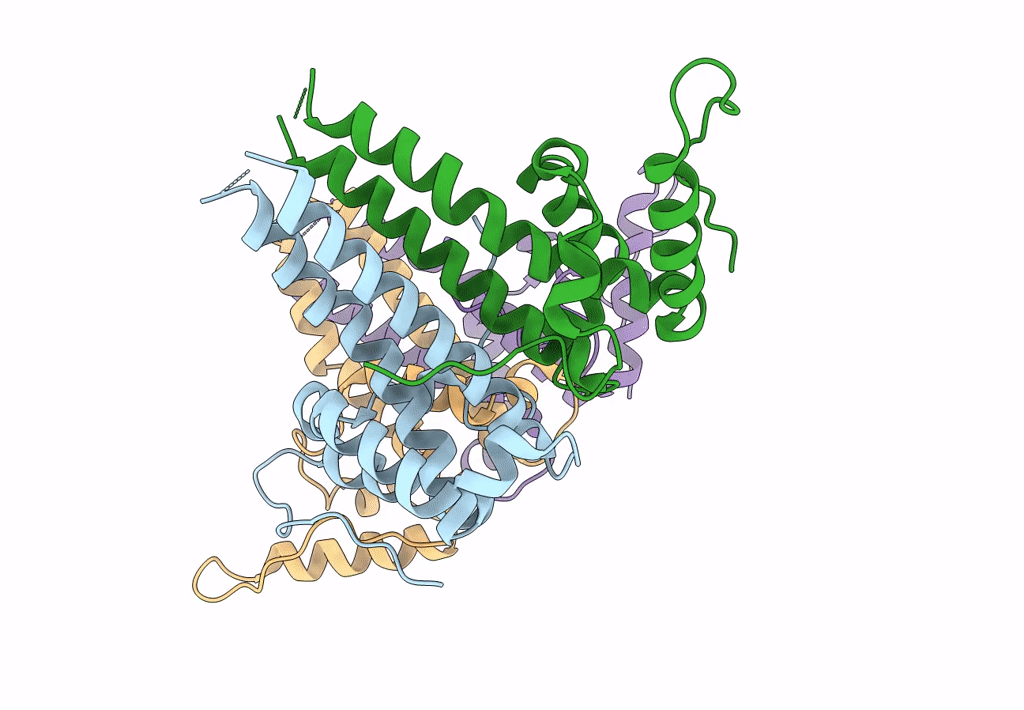
Deposition Date
2021-04-26
Release Date
2021-09-01
Last Version Date
2025-06-25
Entry Detail
Biological Source:
Source Organism:
Hepatitis B virus genotype C subtype adr (strain Japan/adr4/1983) (Taxon ID: 10409)
Staphylococcus aureus (Taxon ID: 1280)
Staphylococcus aureus (Taxon ID: 1280)
Host Organism:
Method Details:
Experimental Method:
Resolution:
3.86 Å
Aggregation State:
PARTICLE
Reconstruction Method:
SINGLE PARTICLE


